Creating a DIY cat playground in your home can be one of the most rewarding projects for both you and your feline friend. Cats, with their playful nature and inquisitive spirits, love to explore, climb, and play. A well-designed playground can provide them with endless entertainment and exercise, keeping them healthy and happy. Moreover, it gives you the opportunity to bond with your pet while unleashing your creativity. Let’s dive into the steps you can take to set up the perfect cat playground in your home.
Understanding Your Cat’s Needs
Before diving into the design and construction, it’s crucial to understand your cat’s specific needs and preferences. Cats are natural climbers and hunters, and they have a strong instinct to scratch. Observing your cat’s behavior can give you insights into what they might enjoy in a playground. Does your cat love to climb curtains or hide in boxes? These behaviors can guide you in creating a space that caters to their natural instincts. Remember, a happy cat is a healthy cat, and understanding their needs is the first step towards achieving that.
Choosing the Perfect Location
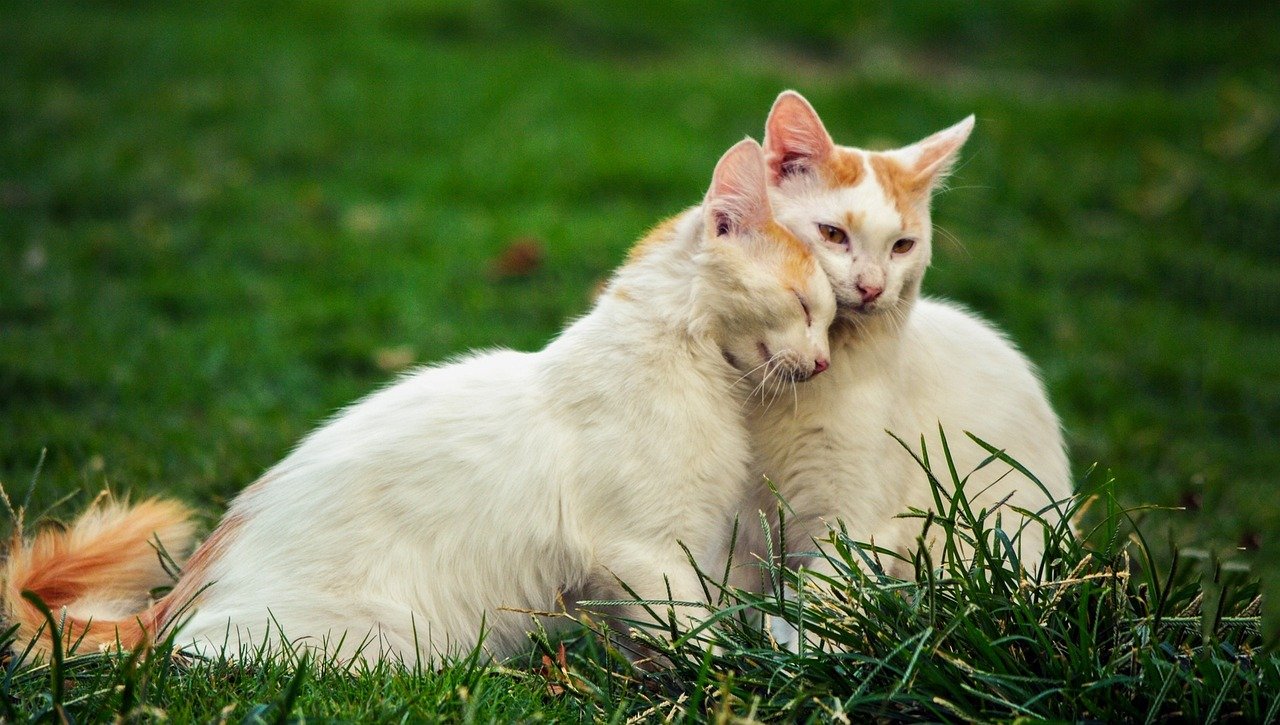
The location of your DIY cat playground is vital for its success. Ideally, it should be a place where your cat feels safe and comfortable. Consider areas that are naturally warm, have good lighting, and are free from any potential hazards. A corner in the living room or a spare room can be ideal. Ensure the space is accessible but also gives your cat a sense of security. It’s also essential to think about how the playground will fit into your home’s layout, ensuring it doesn’t become an obstacle for you or other family members.
Materials You Will Need
To start building your cat playground, you’ll need to gather some essential materials. Consider using sturdy wood for structures, as it provides durability and stability. Carpeting or sisal rope is excellent for scratching surfaces and can be wrapped around posts. Soft fabrics, old blankets, or cushions can be used for cozy resting areas. It’s also wise to incorporate some cat-safe plants like catnip or wheatgrass for added enrichment. Always ensure that the materials you choose are non-toxic and safe for your cat to play with.
Designing the Layout
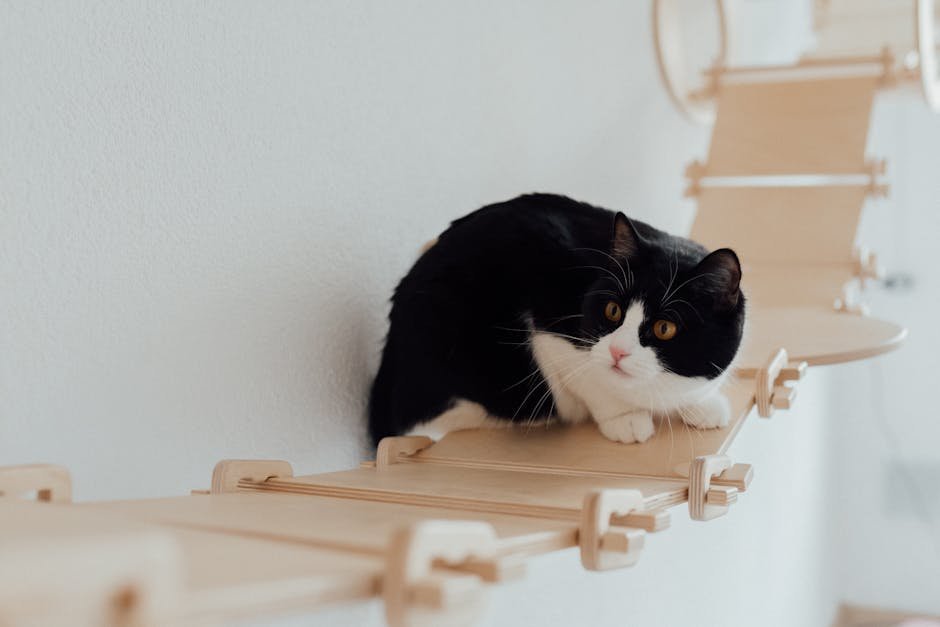
When designing the layout of your cat playground, think vertically as well as horizontally. Cats love to climb, so incorporating multiple levels can be a hit. Use shelves, ladders, and ramps to create an adventurous path. Include tunnels or hideaways for those moments when your feline friend wants some privacy. A combination of open spaces for play and enclosed areas for rest can provide a balanced environment. The key is to create a playground that offers variety and keeps your cat engaged.
Building Climbing Structures
Cats are natural climbers, so including climbing structures in your playground is a must. You can use a series of shelves mounted on the wall or create a cat tree using wood and sisal rope. Make sure each level is sturdy and can support your cat’s weight. Adding platforms of varying heights encourages your cat to jump and explore. These structures not only provide exercise but also help satisfy your cat’s instinctual need to climb and perch high above their territory.
Incorporating Scratching Posts
Scratching is an essential behavior for cats, as it helps them mark territory, stretch their muscles, and maintain their claws. Incorporating scratching posts into your playground is vital. Use sisal rope or corrugated cardboard as scratching surfaces. You can attach these to the climbing structures or have standalone posts. Ensure the posts are tall enough for your cat to fully stretch out when using them. Having multiple scratching areas will prevent your cat from turning to your furniture for this necessary activity.
Creating Cozy Resting Spots
Cats love their naps, and providing cozy resting spots within the playground will make it even more appealing. Use soft cushions, blankets, or hammocks to create comfortable areas. These can be placed on elevated platforms or tucked away in a quiet corner. Consider incorporating a window perch if possible, as many cats enjoy watching the world go by while they relax. A comfortable resting spot can become your cat’s favorite place to unwind after a day of play.
Adding Interactive Toys

To keep your cat entertained, include a variety of interactive toys in the playground. Toys that mimic prey, such as feather wands or squeaky mice, can stimulate their hunting instincts. Consider using puzzle toys that dispense treats as a reward for solving them. Hanging toys from the climbing structures can add an element of surprise and encourage your cat to jump and bat at them. Rotate the toys regularly to keep the playground exciting and prevent boredom.
Incorporating Natural Elements
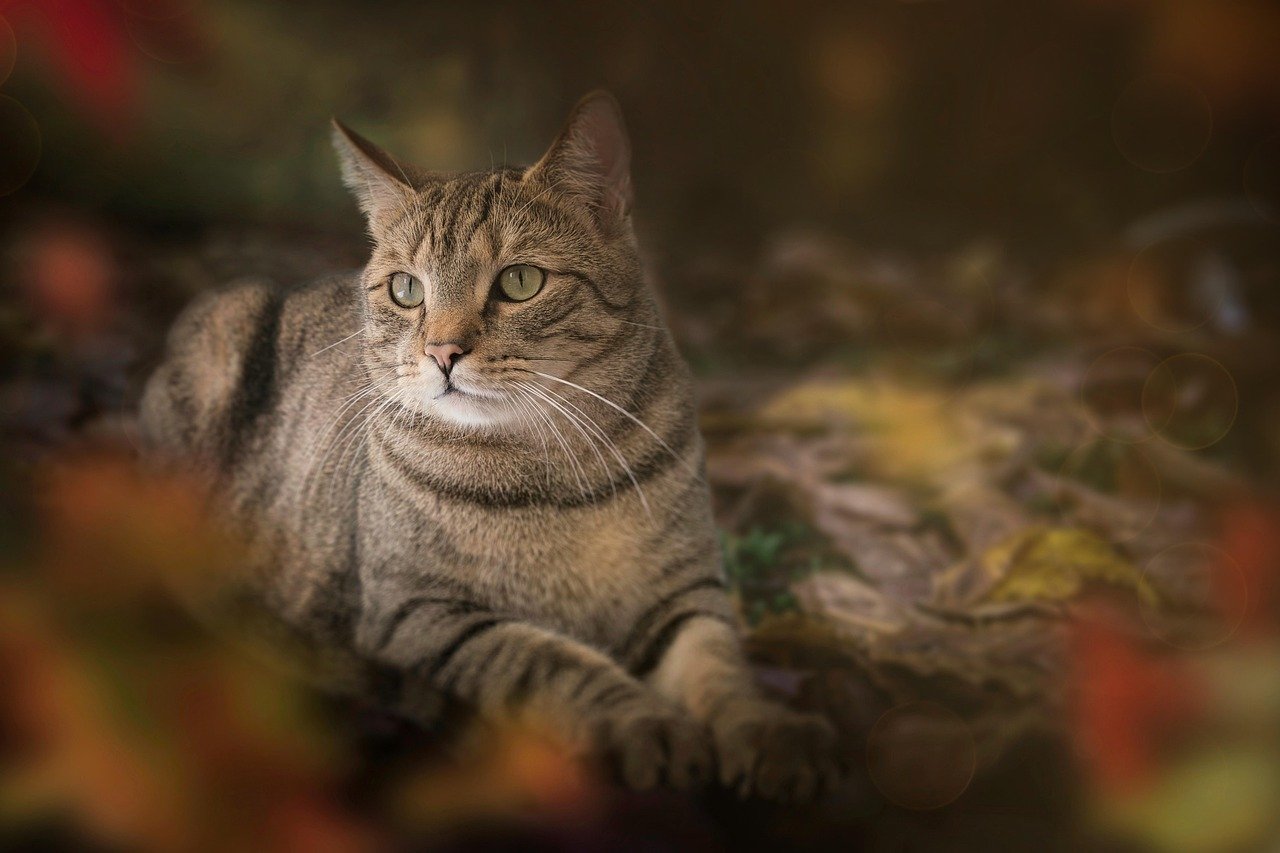
Bringing a touch of nature into your cat playground can enhance the environment and provide additional stimulation. Consider including cat-safe plants like catnip or lemongrass. You can also bring in natural textures like wood or stone to add variety. If possible, position the playground near a window to allow your cat to watch birds or squirrels outside. These natural elements can enrich your cat’s experience and make the playground feel more like their own little jungle.
Ensuring Safety and Stability
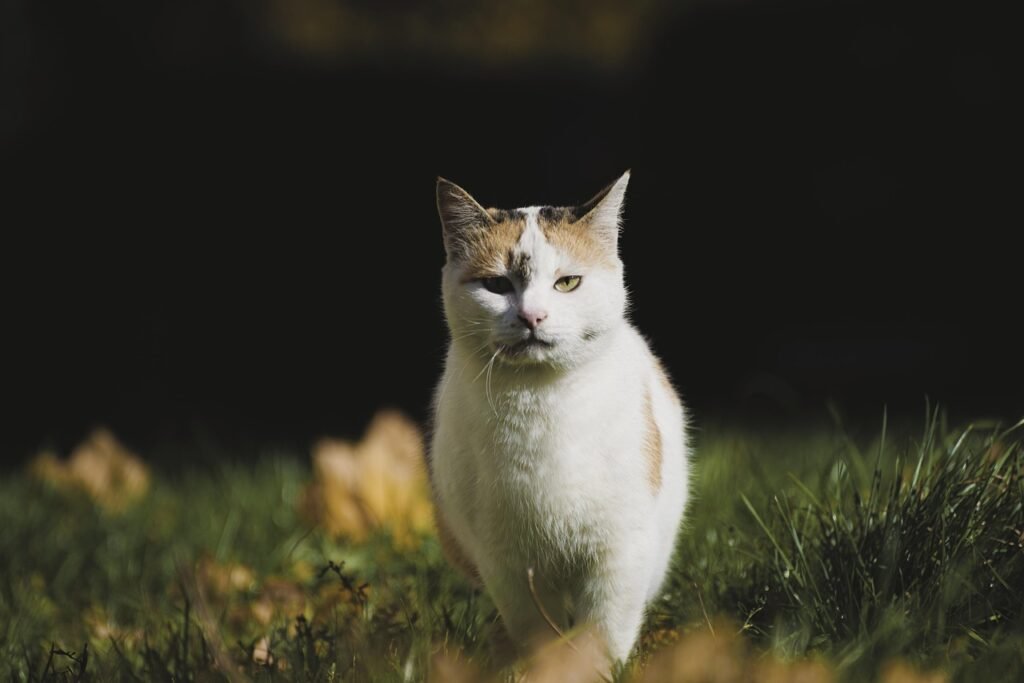
Safety should always be a top priority when setting up a cat playground. Ensure all structures are securely anchored and can withstand your cat’s weight and activity level. Check for any sharp edges or protruding nails that could cause injury. Regularly inspect the playground for wear and tear, repairing or replacing any damaged parts as needed. A safe playground allows your cat to explore and play without any risk of harm, giving you peace of mind.
Personalizing the Space

Every cat is unique, and personalizing the playground to suit your cat’s personality can make it even more special. Consider incorporating your cat’s favorite colors or patterns. You can also add personalized touches like a nameplate or custom toys. Observing your cat’s preferences and making adjustments accordingly can create a space that truly feels like theirs. Personalizing the playground can strengthen the bond between you and your feline friend.
Maintaining the Playground
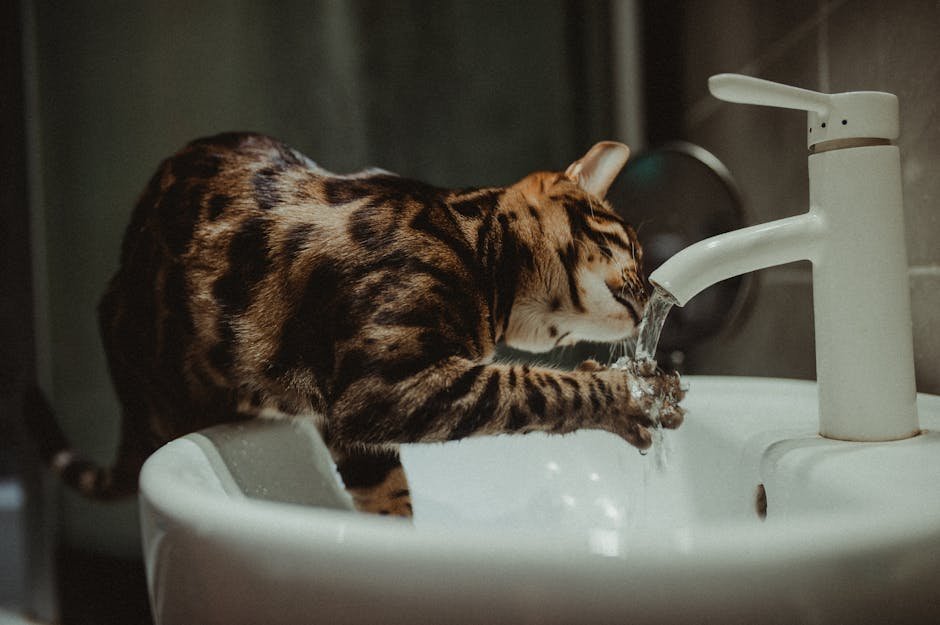
A well-maintained playground ensures it remains a safe and enjoyable space for your cat. Regularly clean and vacuum the area to remove any dirt or pet hair. Check the stability of all structures and tighten any loose screws or bolts. Replace worn-out toys or scratching surfaces to keep the playground fresh and engaging. By maintaining the playground, you ensure it continues to provide a stimulating environment for your cat’s enjoyment.
Encouraging Exploration
To encourage your cat to explore the playground, introduce them gradually and allow them to discover it on their own terms. Use treats or toys to entice them to different areas, rewarding them for their curiosity. Spend time playing with your cat in the playground, encouraging them to explore new features. With patience and positive reinforcement, your cat will soon be enjoying every corner of their new playground.
Creating a Multi-Cat Playground
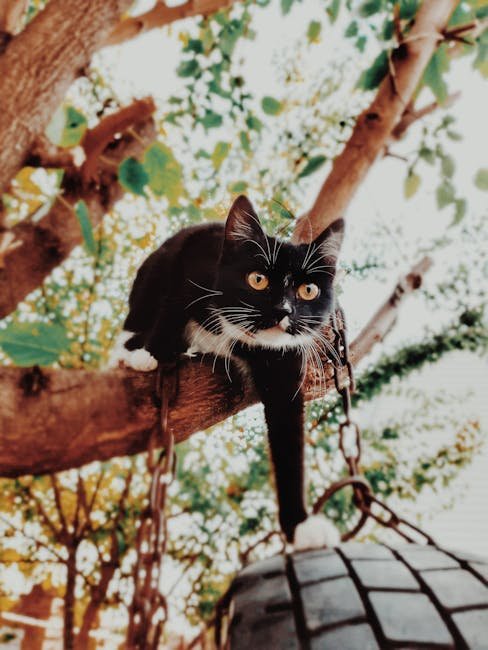
If you have more than one cat, designing a playground that accommodates multiple cats is essential. Ensure there are enough resources, like scratching posts and resting spots, to prevent competition. Include additional levels and pathways to allow each cat to have their own space. Observing your cats’ interactions can guide you in making adjustments to ensure harmony in the playground. A well-designed multi-cat playground can become a shared haven for all your feline companions.
Introducing DIY Projects

DIY projects can add a personal touch to your cat playground and save money. Consider building your own climbing structures or creating custom toys. Use online resources or tutorials for inspiration and guidance. Involving yourself in the DIY process can be a rewarding experience and allows you to tailor the playground to your cat’s specific needs. With creativity and effort, you can create a unique space that your cat will love.
Budget-Friendly Tips
Setting up a cat playground doesn’t have to be expensive. Use budget-friendly materials like repurposed wood or old furniture. Look for sales or discounts on pet supplies. Consider making your own toys or scratching posts to save money. By being resourceful and creative, you can create a fantastic playground without breaking the bank. Remember, it’s the love and effort you put into the playground that matters most to your cat.
Adapting to Your Space
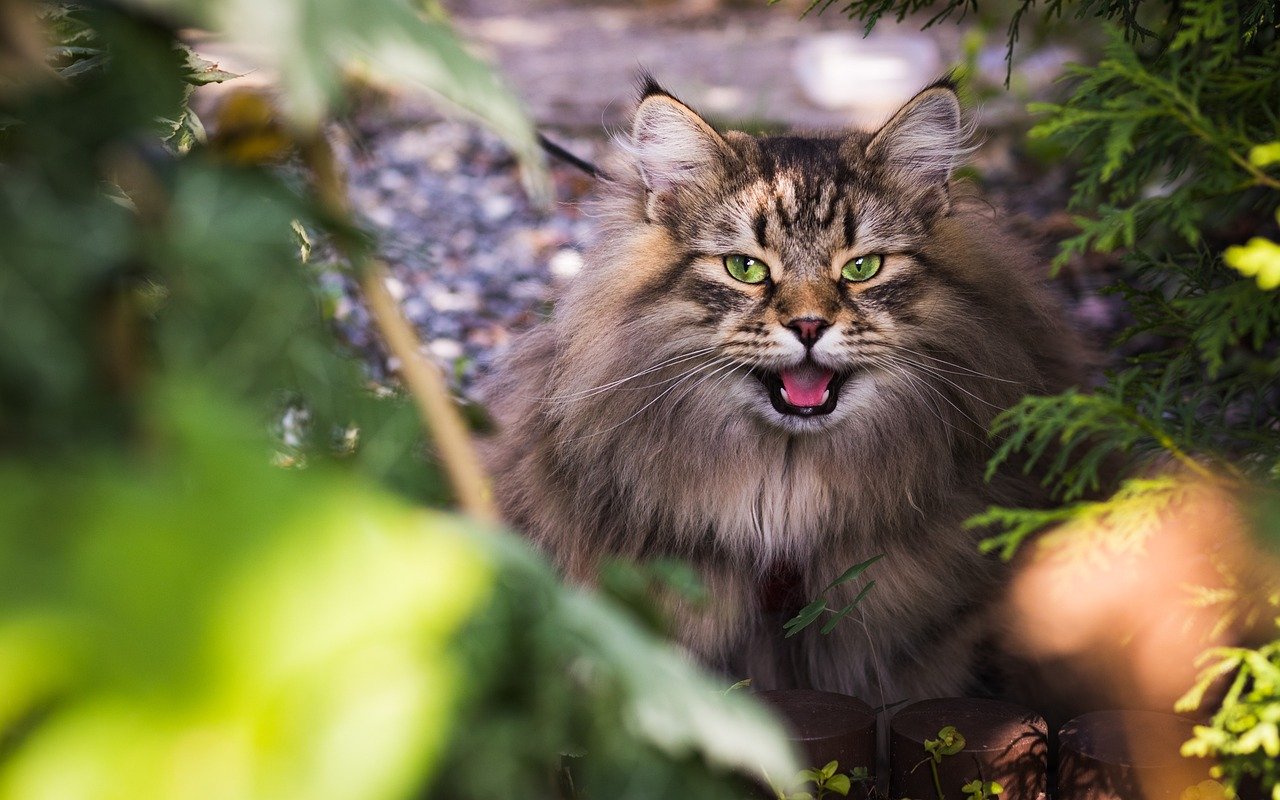
Every home is different, and adapting the playground to fit your space is crucial. Consider the layout and dimensions of the area you have available. Utilize vertical space by building upwards if floor space is limited. Be mindful of the overall aesthetics of your home, ensuring the playground complements the existing decor. Adapting the playground to suit your space ensures it becomes a harmonious part of your home environment.
Engaging Your Cat’s Senses
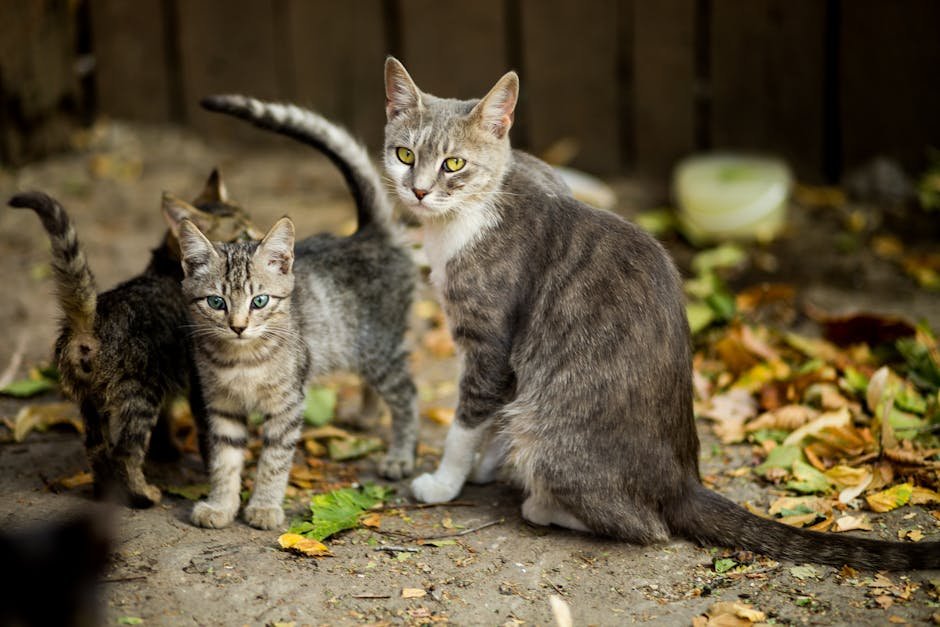
Cats rely heavily on their senses, and engaging them can enhance their playground experience. Use different textures, scents, and sounds to create a stimulating environment. Introduce toys that make noise or have interesting textures. Incorporate scents like catnip or lavender to provide olfactory enrichment. By engaging your cat’s senses, you create a dynamic playground that keeps them entertained and content.
Monitoring Your Cat’s Behavior
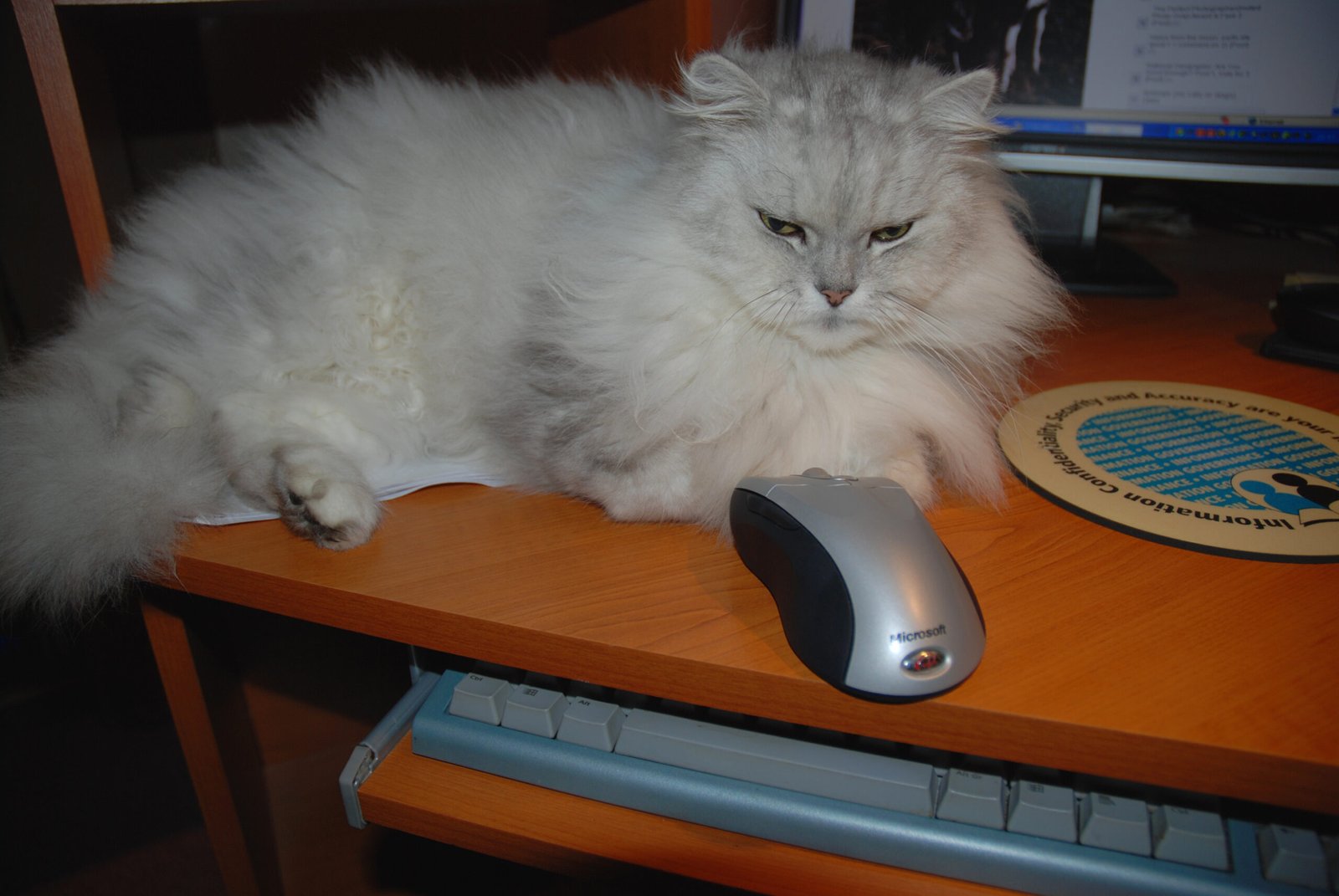
Once the playground is set up, it’s essential to monitor your cat’s behavior to ensure they are using it safely and happily. Observe how they interact with different features and make adjustments if needed. Look for signs of stress or discomfort, and address any issues promptly. Regularly spending time with your cat in the playground allows you to bond and ensures they are getting the most out of the space.
Reaping the Benefits

A DIY cat playground offers numerous benefits for both you and your feline friend. It provides a dedicated space for your cat to play, climb, and relax, promoting their physical and mental well-being. For you, it offers the satisfaction of creating something special for your pet and the joy of watching them enjoy it. A well-designed playground can strengthen your bond with your cat and enhance their quality of life.
Setting up a DIY cat playground in your home is a creative and rewarding project that benefits both you and your feline companion. By understanding your cat’s needs, choosing the right location, and incorporating various elements, you can create a space that your cat will love. With care and creativity, your DIY cat playground can become a cherished part of your home.
Hi, I’m Bola, a passionate writer and creative strategist with a knack for crafting compelling content that educates, inspires, and connects. Over the years, I’ve honed my skills across various writing fields, including content creation, copywriting, online course development, and video scriptwriting.
When I’m not at my desk, you’ll find me exploring new ideas, reading books, or brainstorming creative ways to solve challenges. I believe that words have the power to transform, and I’m here to help you leverage that power for success.
Thanks for stopping by, Keep coming to this website to checkout new articles form me. You’d always love it!






